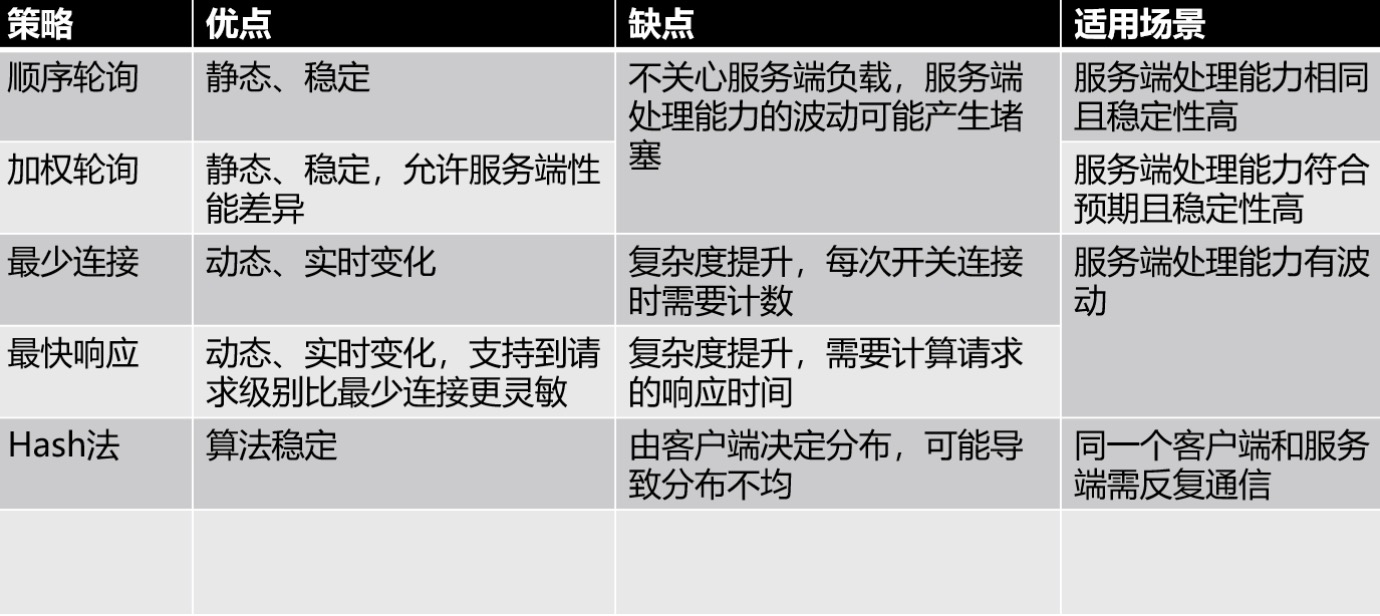template <class _Mutex>
class _LIBCPP_TYPE_VIS_ONLY unique_lock
{
public:
typedef _Mutex mutex_type;
private:
mutex_type* __m_;
bool __owns_;
public:
_LIBCPP_INLINE_VISIBILITY
unique_lock() _NOEXCEPT : __m_(nullptr), __owns_(false) {}
_LIBCPP_INLINE_VISIBILITY
explicit unique_lock(mutex_type& __m)
: __m_(&__m), __owns_(true) {__m_->lock();}
_LIBCPP_INLINE_VISIBILITY
unique_lock(mutex_type& __m, defer_lock_t) _NOEXCEPT
: __m_(&__m), __owns_(false) {}
_LIBCPP_INLINE_VISIBILITY
unique_lock(mutex_type& __m, try_to_lock_t)
: __m_(&__m), __owns_(__m.try_lock()) {}
_LIBCPP_INLINE_VISIBILITY
unique_lock(mutex_type& __m, adopt_lock_t)
: __m_(&__m), __owns_(true) {}
template <class _Clock, class _Duration>
_LIBCPP_INLINE_VISIBILITY
unique_lock(mutex_type& __m, const chrono::time_point<_Clock, _Duration>& __t)
: __m_(&__m), __owns_(__m.try_lock_until(__t)) {}
template <class _Rep, class _Period>
_LIBCPP_INLINE_VISIBILITY
unique_lock(mutex_type& __m, const chrono::duration<_Rep, _Period>& __d)
: __m_(&__m), __owns_(__m.try_lock_for(__d)) {}
_LIBCPP_INLINE_VISIBILITY
~unique_lock()
{
if (__owns_)
__m_->unlock();
}
private:
unique_lock(unique_lock const&);
unique_lock& operator=(unique_lock const&);
public:
#ifndef _LIBCPP_HAS_NO_RVALUE_REFERENCES
_LIBCPP_INLINE_VISIBILITY
unique_lock(unique_lock&& __u) _NOEXCEPT
: __m_(__u.__m_), __owns_(__u.__owns_)
{__u.__m_ = nullptr; __u.__owns_ = false;}
_LIBCPP_INLINE_VISIBILITY
unique_lock& operator=(unique_lock&& __u) _NOEXCEPT
{
if (__owns_)
__m_->unlock();
__m_ = __u.__m_;
__owns_ = __u.__owns_;
__u.__m_ = nullptr;
__u.__owns_ = false;
return *this;
}
#endif
void lock();
bool try_lock();
template <class _Rep, class _Period>
bool try_lock_for(const chrono::duration<_Rep, _Period>& __d);
template <class _Clock, class _Duration>
bool try_lock_until(const chrono::time_point<_Clock, _Duration>& __t);
void unlock();
_LIBCPP_INLINE_VISIBILITY
void swap(unique_lock& __u) _NOEXCEPT
{
_VSTD::swap(__m_, __u.__m_);
_VSTD::swap(__owns_, __u.__owns_);
}
_LIBCPP_INLINE_VISIBILITY
mutex_type* release() _NOEXCEPT
{
mutex_type* __m = __m_;
__m_ = nullptr;
__owns_ = false;
return __m;
}
_LIBCPP_INLINE_VISIBILITY
bool owns_lock() const _NOEXCEPT {return __owns_;}
_LIBCPP_INLINE_VISIBILITY
_LIBCPP_EXPLICIT
operator bool () const _NOEXCEPT {return __owns_;}
_LIBCPP_INLINE_VISIBILITY
mutex_type* mutex() const _NOEXCEPT {return __m_;}
};


